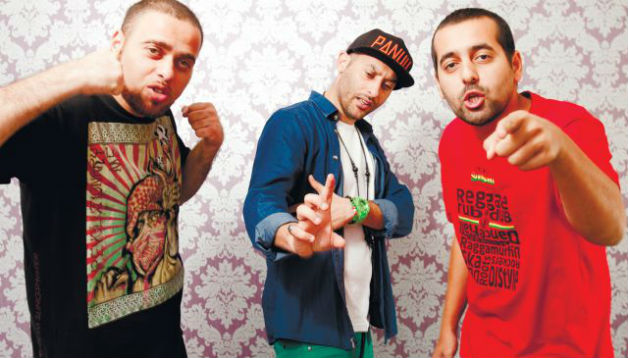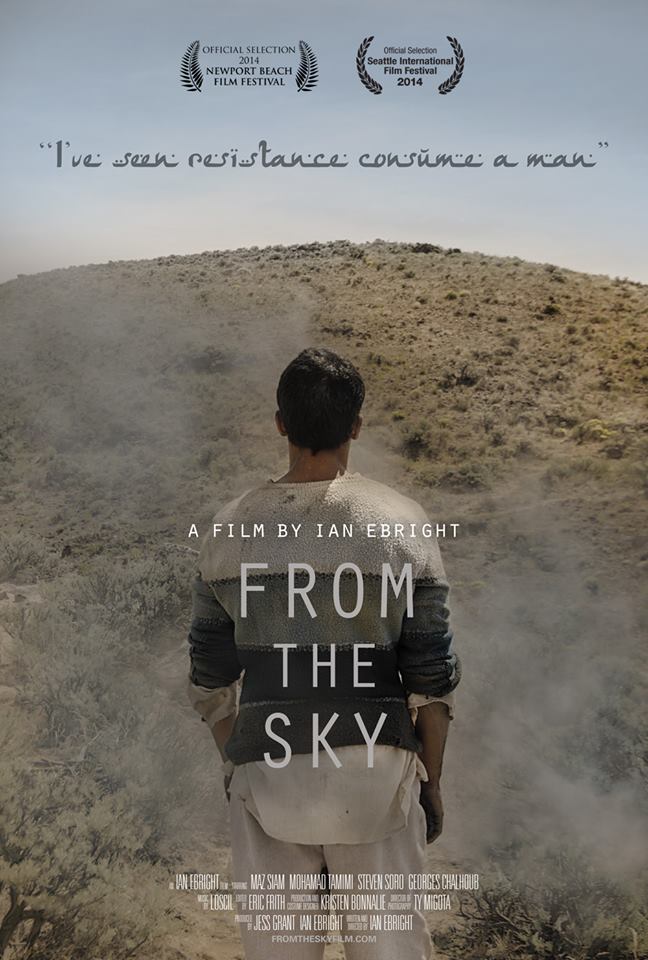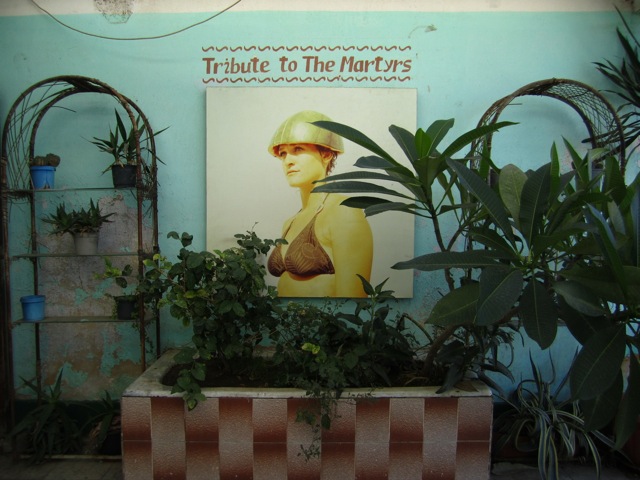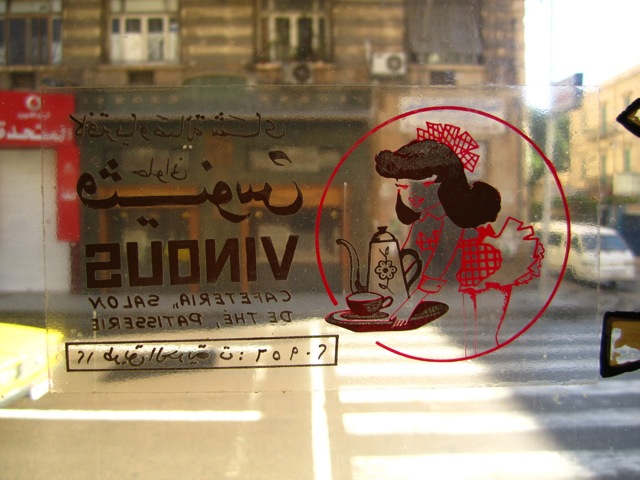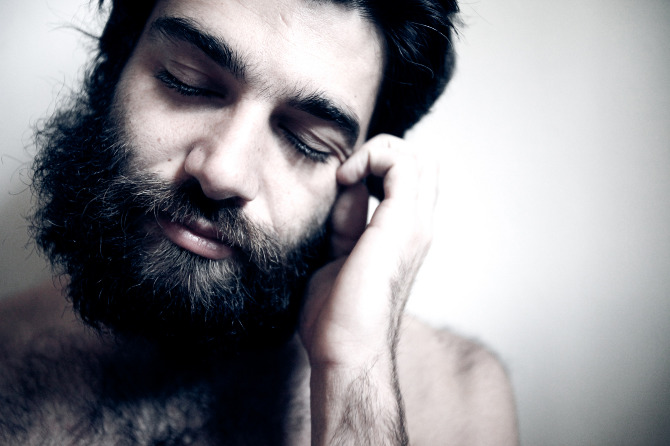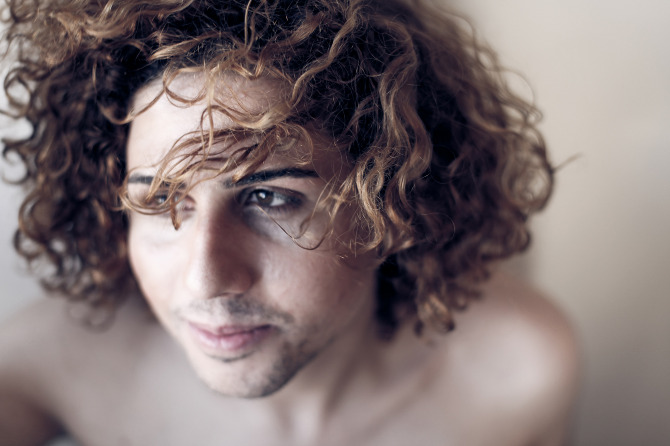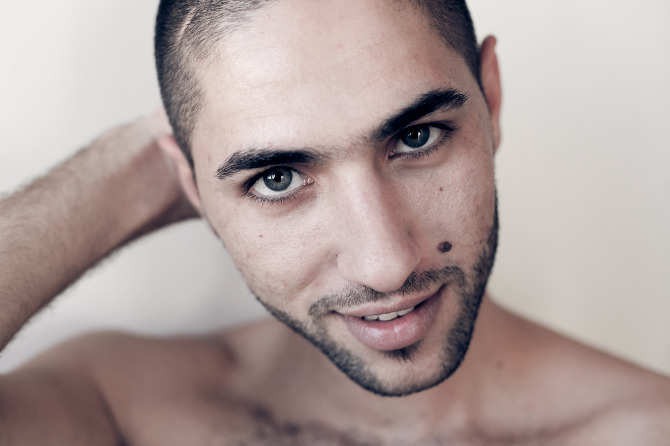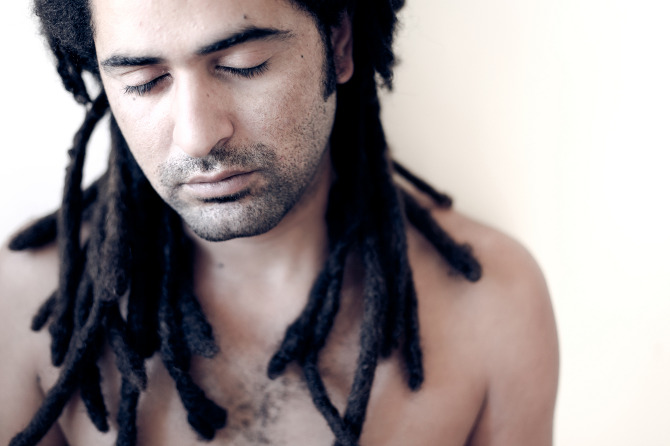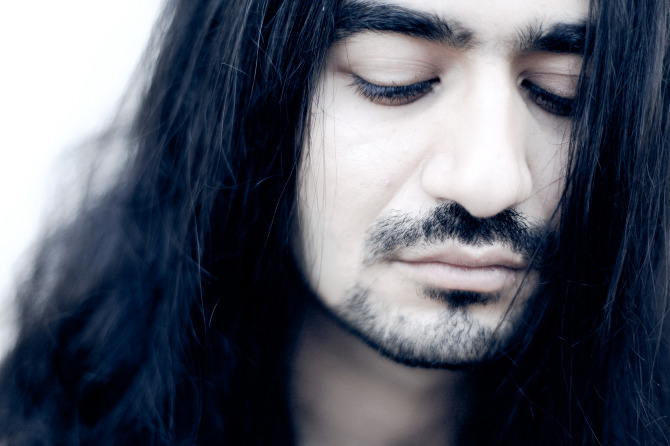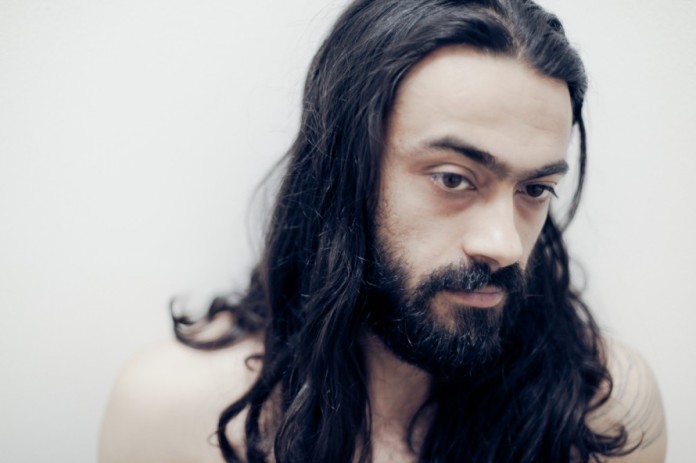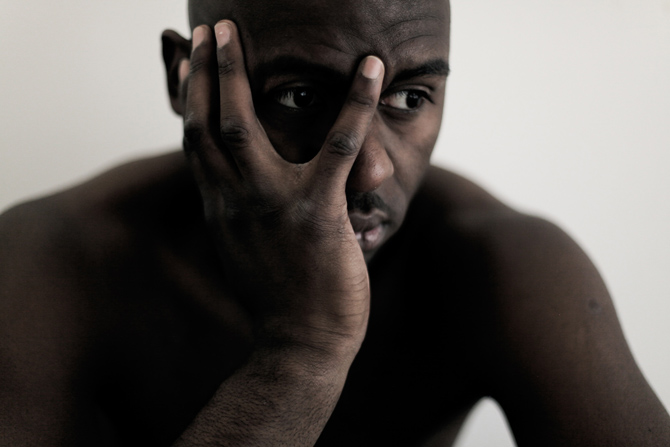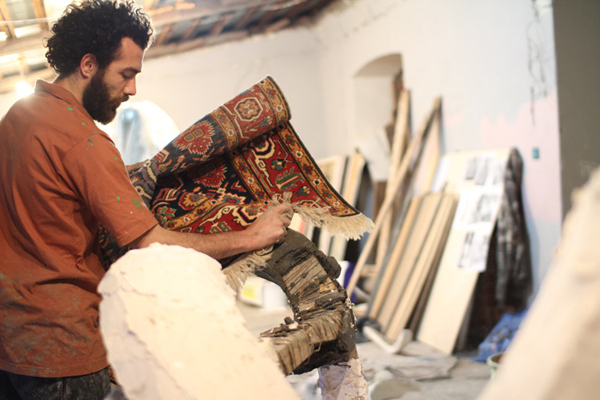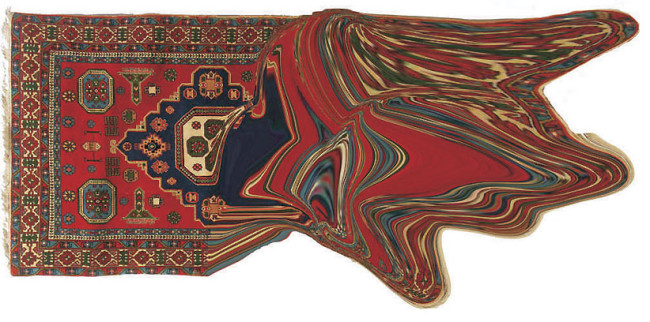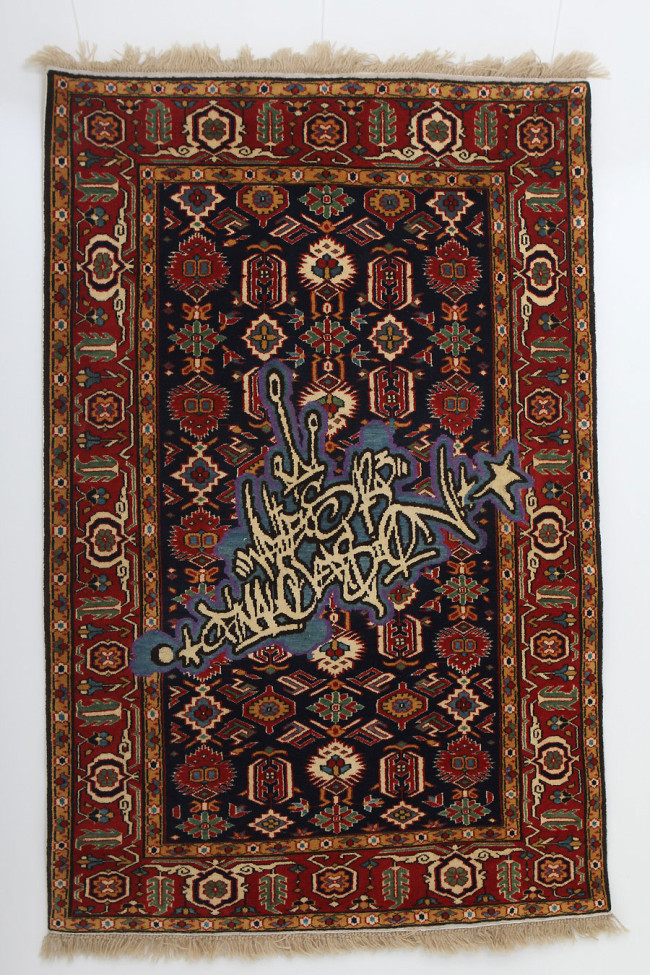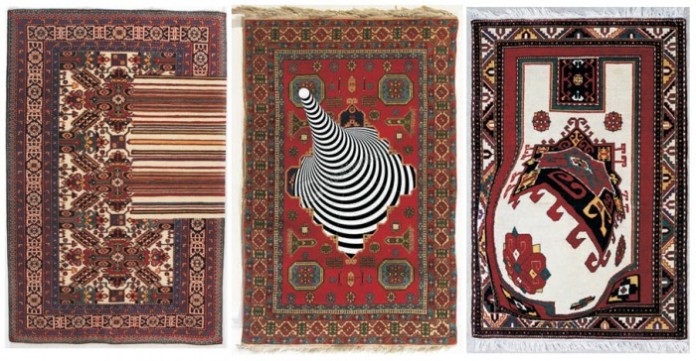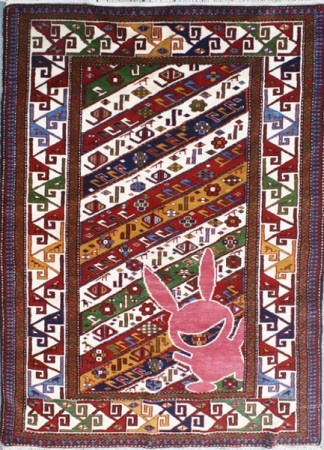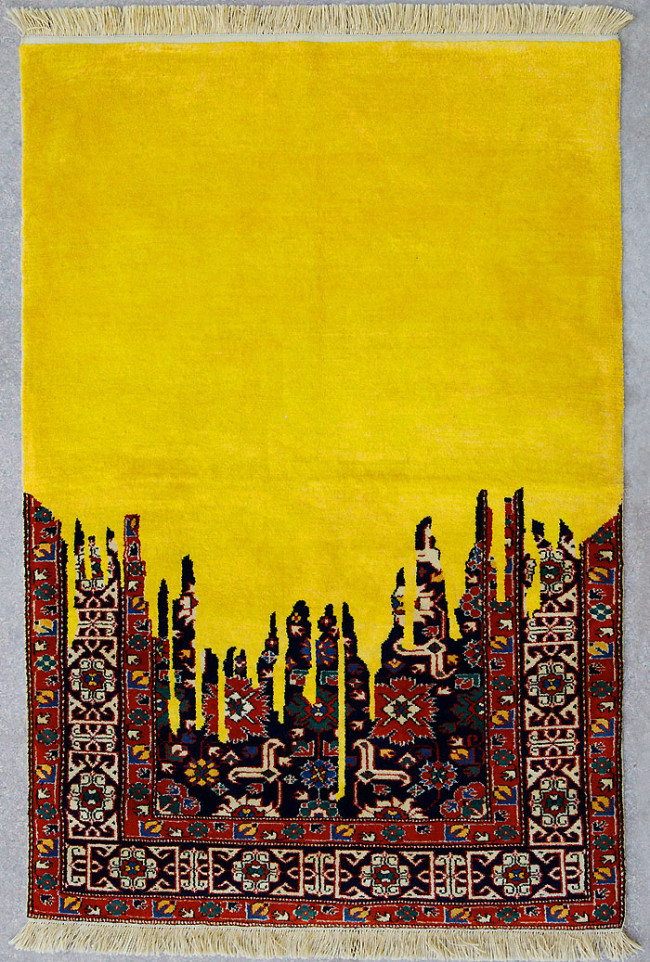Tamara Abdul Hadi is an Iraqi-Canadian photojournalist whose work I’ve been following for a while now. Her projects are strong and on point, dealing with social injustice and deconstructing stereotypes. Through her work one can be constantly reminded how nothing is black and white, nothing is sealed in time and space – there’s a lot of grey areas, but also a lot of colour to our world, and everything around us is fluid, ever changing. It is important to be reminded of that, especially when talking about the Middle East, the area often approached by oversimplification, constantly reduced to one (dark) image. It is like Suheir Hammad wrote in First writing since – „one more person assume they know me/ or that i represent a people/ or that a people represent an evil/ or that evil is as simple as a flag and words on a page/“.
It is never that simple. Here is the full interview I did with Tamara, discussing her project Picture an Arab man, self portrait workshops in Palestine, and first all female photo collective of the Middle East – Rawiya.
First of all – could you tell me – why photojournalism? When you finished your education, what was the motivation to pursue that as a career? Did you always know that is what you want to do?
I ended up pursuing photography shortly after getting my Bachelor of Fine Arts. I was specialized in graphic design at the time, but I was drawn to photography after I moved to Dubai and became fascinated by the city and its huge population of migrant workers. I started photographing them, wanting to share their stories, and thats pretty much where it started. At that point I started working at Reuters as a photographer and photo editor and then went on photographing news and features for the New York Times around the Middle East. Around that time, I started working on my own personal projects.
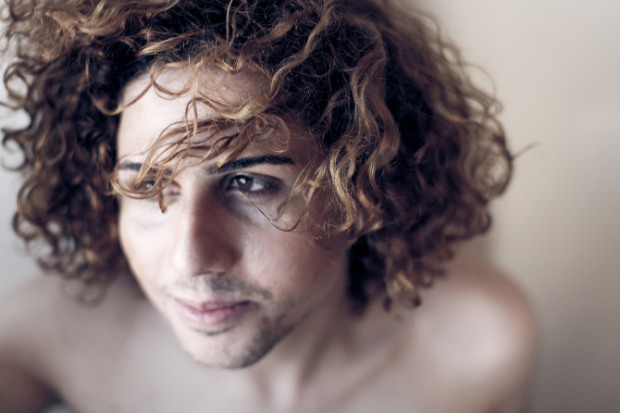 Picture an Arab man, Tamara Abdul Hadi
Picture an Arab man, Tamara Abdul Hadi
Another question would be – why Middle East?
That’s easy. It’s my home. Where I was born and where my family history lies.
You are a founding member of Rawiya, first all female photo collective of the Middle East. How did that happen and what were the reactions of the public so far?
Me and the other Rawiyas had crossed paths in Beirut and decided to join forces and create a photo collective, believing that there is power in numbers and hoping to present an insiders view of our region. The reaction has been great so far, we especially appreciate receiving emails from young photographers in the region and plan to give workshops in the near future. Rawiya has so far exhibited in Europe, the US, Beirut, Lebanon, Kuwait and the UAE.
You’ve taught a one year intensive photography program for young Palestinian women with the UNRWA, at a vocational women’s college in Palestine. The aim of the project was not only to teach the women the skills of photography and editing, but also to empower them to do more. Can you tell me something about that experience?
It was a very important experience for me. The project’s aim was to encourage these young women to share the world around them, and tell stories visually. Many of these women came from conservative backgrounds so it was great to challenge them to go out and shoot pictures. I’m a big believer that photography, as with other arts and media, can be successfully utilized in engaging our youth and getting their voices heard.
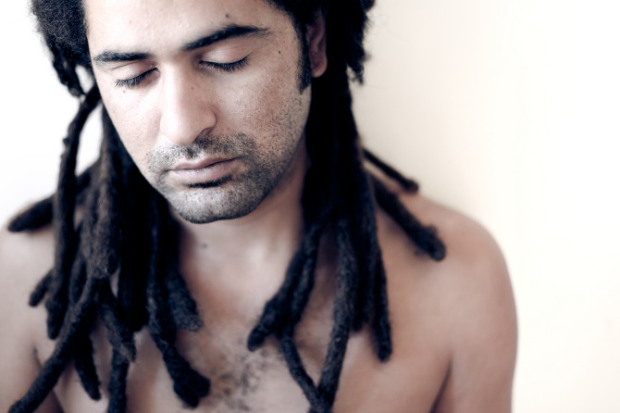 Picture an Arab man, Tamara Abdul Hadi
Picture an Arab man, Tamara Abdul Hadi
In your personal projects you set out to trigger social change and challenge stereotypes the Arab world faces. Can you tell me, in your opinion, what are the biggest stereotypes when it comes to Arabs and the outsiders perception of them?
There are so many misconceptions. All Arabs are Muslims. All women are oppressed. All men are the hyper masculine oppressors. There’s a side to the Arab world that gets SO much press, and that is what sticks in peoples heads. But there are people who want to know more and seek it out. If you look deeper, you will discover a region rich with diversity and culture.
Your project, Picture an Arab Man, brings the viewer into a different relationship with stereotypes about Arab men – can you describe what were your main intentions with that project, and do you think you managed to carry them out?
My intention with Picture an Arab Man was to present the Arab Man in a more human way. When I started the project in 2008, I was sick of the generally misrepresentative portrayal of the Arab man, and wanted to bring about an alternative visual representation the contemporary Arab man.
Do you believe that the project succeeded in encouraging Arab men to reflect on their own identity?
I hope so. I mean, with this project I presented a view, my view, of the Arab man. The father, brother, son, uncle, husband, friend. My father loves the project, so for me that is a success in and of itself.
Did your perception of Arab men change during the realization of that project and in which ways?
I was moved by with their willingness to talk about their identities and masculinity, and of course their openness to be a part of this series. Every man that I photographed for the project believed in its message, and that, in essence, made the project worthwhile.
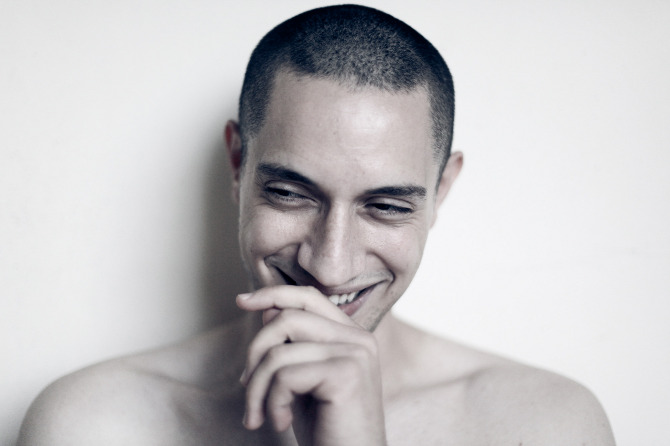 Picture an Arab man, Tamara Abdul Hadi
Picture an Arab man, Tamara Abdul Hadi
You also did a great project – Self portraits from inside Palestine. Journalists often deal with issues of presentation and representation, and people we see in the news almost never get a chance to choose how will they be seen, what moment will they be captured in, etc. Tell me something about the project and how you chose to approach these issues.
This specific project took place at Amari refugee camp in Ramallah, which people have called their home for decades. The residents of Amari and many other refugee camps are tirelessly photographed by outsiders. I thought, lets put the control in their hands. I wanted them to capture their own self portraits, and decide when to press button/shutter. It was an interactive exercise that promoted self expression, and really, community engagement. I usually focus this project on marginalized or underrepresented communities. I’ve since self portrait workshops with Syrian refugees in Amman, migrant workers in Dubai and youth in Kasserine, Tunisia.
A lot of your work is connected to Palestine and its people. Unfortunately, we’ve all seen and continue to see the new-old turmoil in Gaza. There is this perception these are the great escalations, and people seem to forget occupation itself is an escalation. What are your thoughts these days, when seeing the news, hearing the stories?
Palestinians are a resilient and beautiful people. There have been a lot of young photographers photographing the war and its aftermath in Gaza- and it is important to see it from a locals perspective.
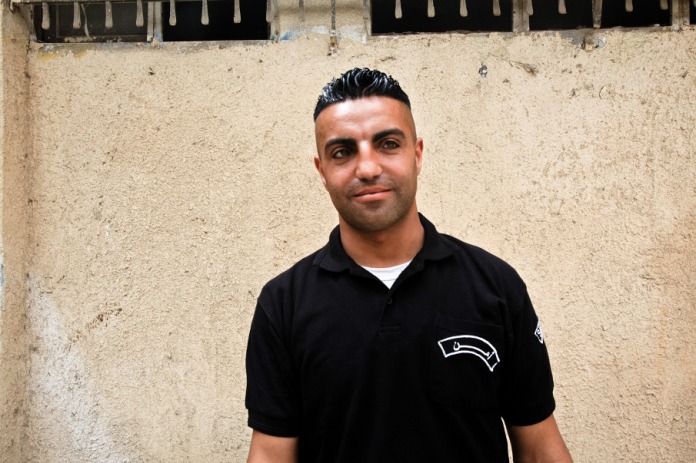 Self Portraits from inside Palestine, Tamara Abdul Hadi
Self Portraits from inside Palestine, Tamara Abdul Hadi
Do you have any special wishes and plans for the future projects?
Publishing Picture an Arab Man as a book is a big future project for me, as well as my own personal projects and photography workshops- like the self portraits series. I recently registered an arts organization- Fannan– which I am using as a platform for these workshops.
/ /all photos © Tamara Abdul Hadi//
For more on Tamara Abdul Hadi and her projects – visit her official website and Rawiya collective.

